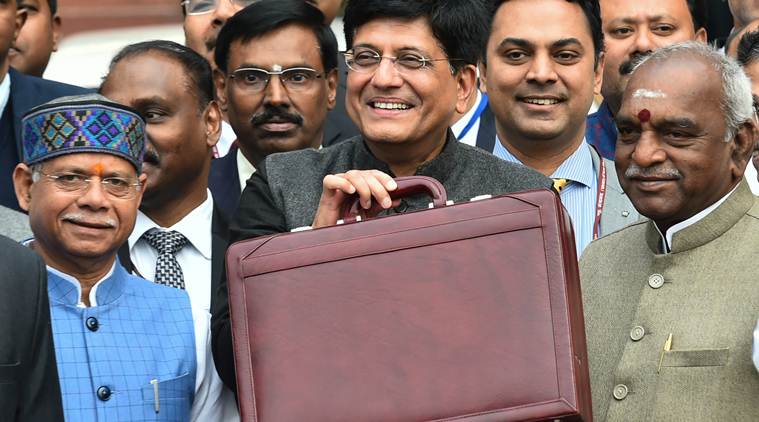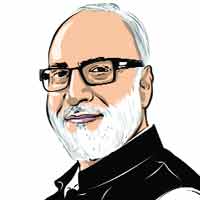No budget for farmers
Direct income support for farmers is too late, too little

The hopes of farmers for a meaningful package from the Modi government have evaporated after the announcements in the Union budget. The proposed Rs 6,000 annual direct income support to small and marginal farmers is a drop in the ocean. States like Telangana and Odisha have done much better with their Rythu Bandhu and Kalia schemes respectively. After the drubbing in three state elections, one was hoping that the NDA government will take major steps towards helping farmers. The Modi government had a golden chance to compensate farmers for their losses due to low prices. But that chance is lost. On the contrary, the middle-class got better income tax sops through raised exemption limits, which only shows a clear bias in policy that implicitly discriminates against farmers.
The macro-economists and bankers may be happy that the damage to the fisc has been contained and no loan waivers announced except enhanced interest subvention on loans. It must be seen that this Rs 72,000 crore as direct income support to farmers is nowhere near the annual loss of about Rs 2,65,000 crore that farmers have been suffering in recent years because of the low prices they have received due to restrictive marketing and trade policies. Until major marketing reforms are initiated, there is no hope of doubling farmers’ real incomes by 2022-23.
The enhanced interest subvention only leads to diversion of funds from agriculture to non-agriculture uses. There is ample evidence that in some states agri-credit is even more than the value of agri-output! So, this scheme of interest subvention needs to be reviewed. The real need is to expand the reach of farmers to institutional credit. The Kisan Credit Card (KCC) was an innovative policy of the Vajpayee government, but the latest survey of NABARD on financial inclusion (2015-16) shows that only about 10 per cent of farmers are using these cards. One needs to understand the constraints and find solutions to expand and deepen its coverage.
The schemes for cow protection and upgrading their breeds and having a separate outfit for fisheries are steps in the right direction, but they cannot make any difference to the current problems faced by farmers. It will take years before any of these schemes can deliver. Increasing milk production, without its pricing being competitive and remunerative to farmers, may not do much benefit to farmers.
So, who will the farmers go to now? They may look at what the Congress or a third party promises, and delivers, on the farm front. Congress president Rahul Gandhi’s mantra of loan waiver may appeal to many, but even that will help only 30 per cent of the peasants. He has also announced that, if voted to power, his government will announce a minimum income for the poor.
But how much of India’s population is poor? There is no robust figure from the government side in the last five years. Following the Tendulkar poverty line, the previous government had come up with an estimate of about 22 per cent poverty in the country in 2011. It was contested by many and later, the Rangarajan Committee had put it at 30 per cent. The World Bank’s poverty clock puts it at 5.5 per cent. Even if one thinks that roughly one-fifth of India needs income support — say Rs 5,000 per month — the bill will amount to about Rs 3.5 lakh crore. It is doable if the food subsidies and MGNREGA are drastically pruned and targeted to this bottom 20 per cent of population. Food subsidies and MGNREGA are costing the government more than 2.2 lakh crore, and a sizeable part of this is either lost in leakages or is not utilised productively.






































No hay comentarios:
Publicar un comentario